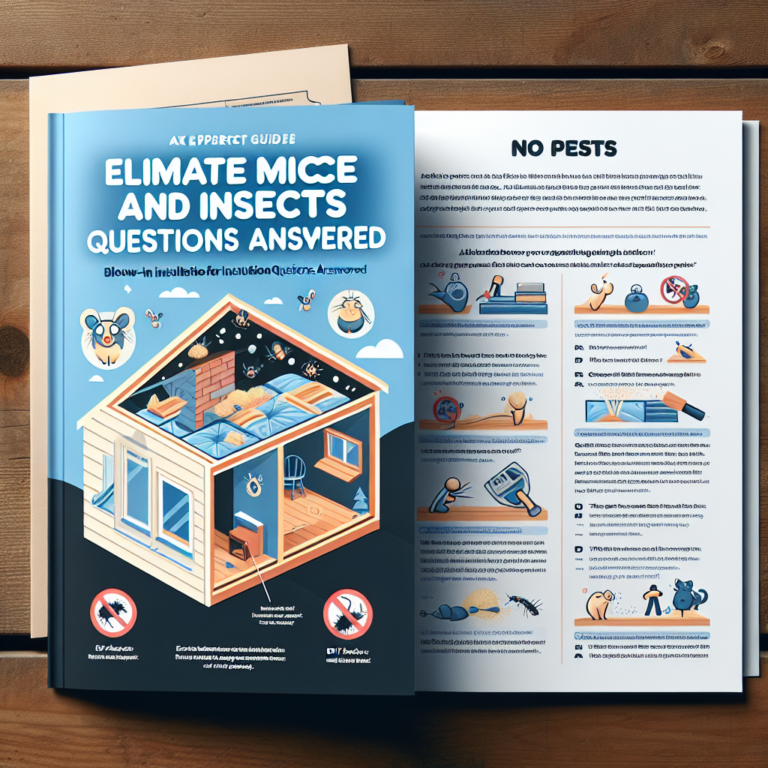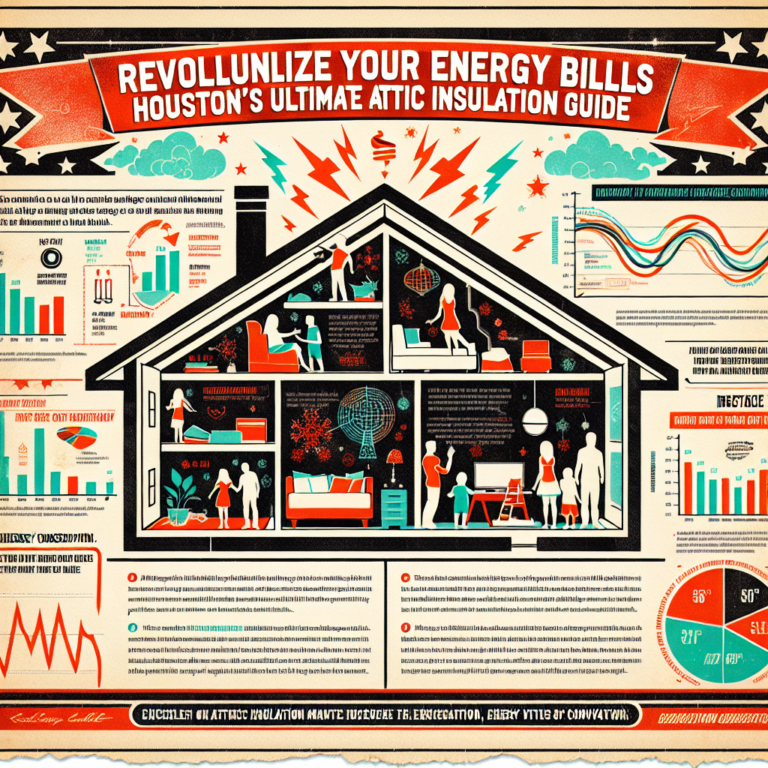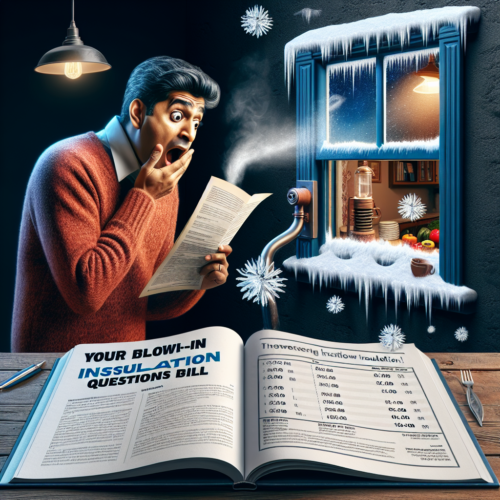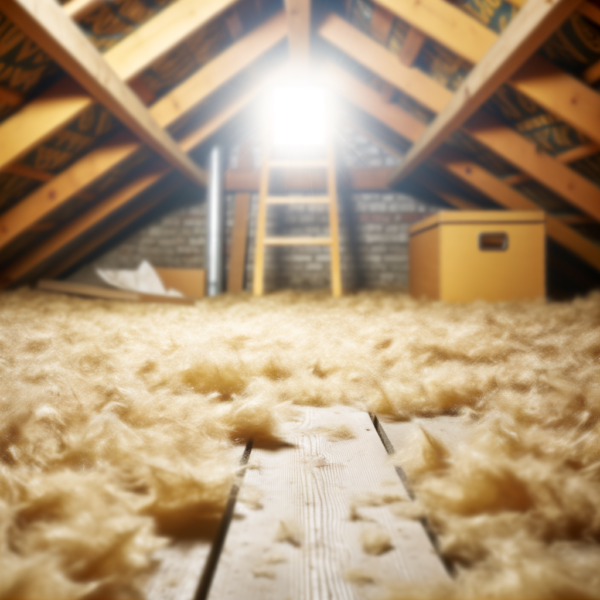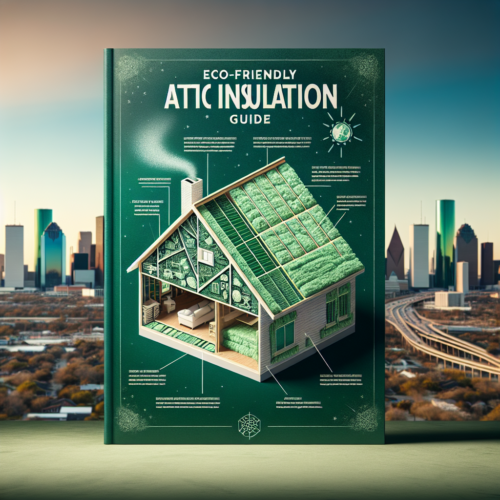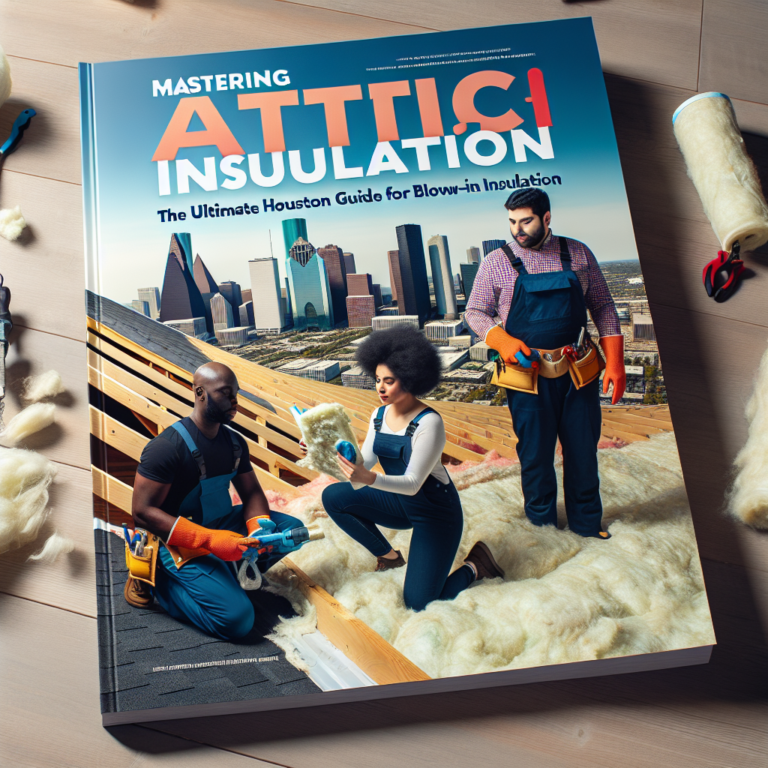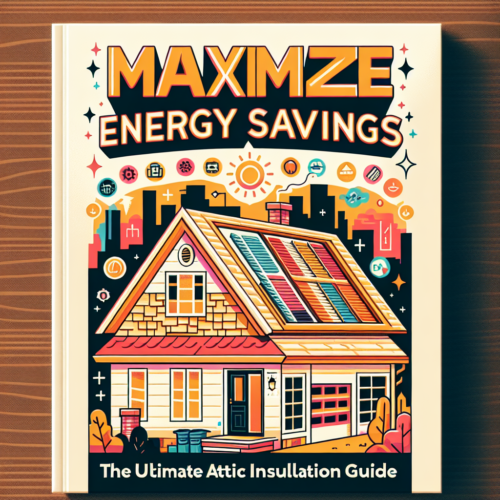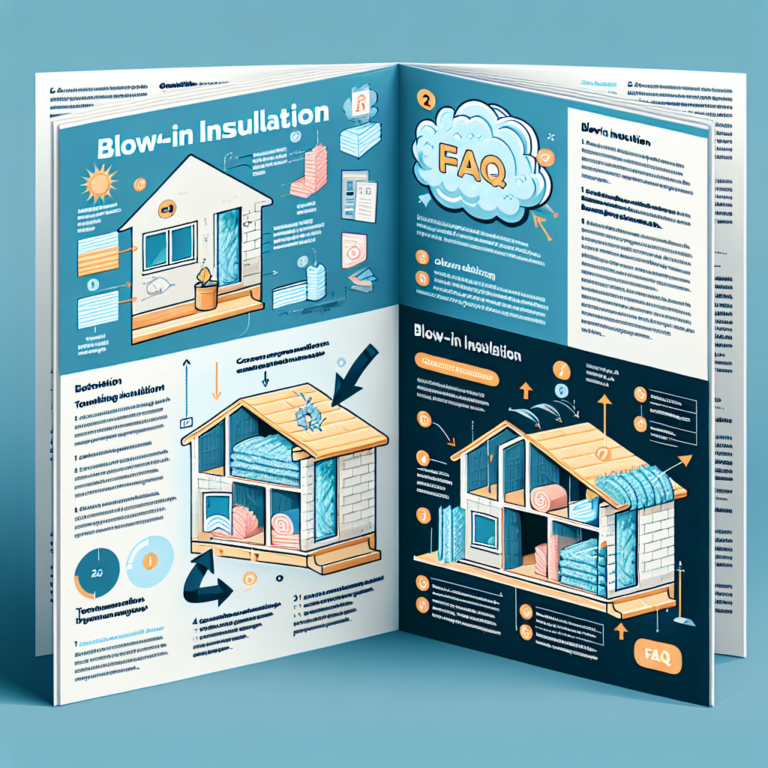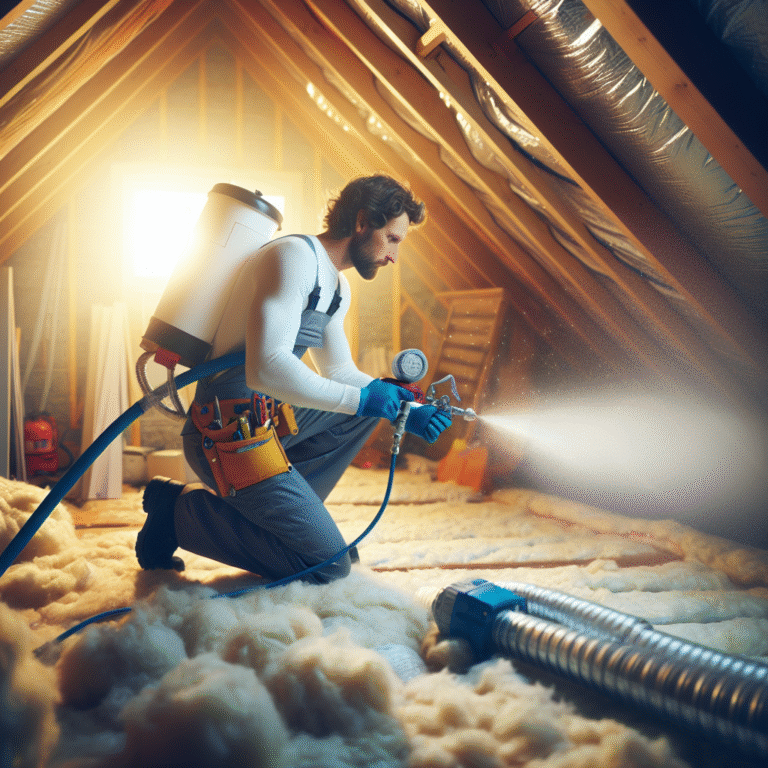Blown-In Insulation vs. Spray Foam: The Ultimate Showdown for Your Home’s Comfort
Introduction
Choosing the right insulation can transform your home’s energy efficiency, comfort, and even its resale value. When weighing Blown-In Insulation vs. Spray Foam, homeowners face a familiar dilemma: which method delivers the best balance of performance, cost, and environmental impact? In this article, we dive into the strengths and trade-offs of each option, so you can make an informed decision and insulate smarter, not harder.
H2: Benefits of Blown-In Insulation
1. Superior Coverage and Air Sealing
• Loose-fill fibers—typically fiberglass, cellulose, or mineral wool—are pneumatically blown into cavities, filling voids and hard-to-reach corners.
• This “conform and seal” approach minimizes drafts and thermal bridges, boosting overall R-value.
2. Cost-Effectiveness
• Blown-in insulation materials are generally less expensive per square foot than spray foam.
• Faster installation and reduced waste translate to lower labor costs.
3. Eco-Friendly Credentials
• Many cellulose blends use recycled newspaper or cardboard, while fiberglass often contains recycled glass.
• No off-gassing of volatile organic compounds (VOCs) and minimal chemical additives.
4. Soundproofing and Fire Resistance
• Dense loose-fill layers dampen noise transmission between rooms and from outdoors.
• Fire-retardant treatments further enhance home safety.
H2: Benefits of Spray Foam Insulation
1. Industry-Leading R-Value and Air Barrier
• Closed-cell spray foam offers R-values up to 6.5 per inch, outpacing most traditional insulations.
• Expands on contact to seal every crack, gap, and seam—preventing air and moisture infiltration.
2. Longevity and Structural Reinforcement
• Once cured, spray foam remains dimensionally stable for decades without settling.
• Adds rigidity to wall assemblies, strengthening framing and reducing vibration.
3. Moisture Control and Mold Prevention
• Creates an impermeable barrier that blocks bulk water and water vapor.
• Protects attics and crawlspaces from mold, mildew, and wood rot.
4. Energy Savings Over Time
• Superior thermal performance can slash heating and cooling costs by 20–50%.
• Payback periods often range from 3–7 years, depending on local energy rates.
H2: Comparing Blown-In Insulation vs. Spray Foam: Cost, Performance, and Value
1. Upfront Investment
• Blown-In: $0.50–$1.20 per square foot (material + installation)
• Spray Foam: $1.50–$3.50 per square foot (material + installation)
2. Long-Term Energy Efficiency
• Blown-In: Delivers solid insulation but may settle over time, requiring occasional top-ups.
• Spray Foam: Rigid seal resists settlement, ensuring consistent performance without frequent maintenance.
3. Installation Considerations
• Blown-In can be retrofitted quickly with minimal disruption—ideal for older homes.
• Spray Foam demands professional application, personal protective equipment, and precise mixing ratios to avoid gaps or off-gassing.
4. Return on Investment
• Blown-In: Typically recoups 10–30% of installation cost in annual energy savings.
• Spray Foam: Captures up to 60% energy savings, offsetting higher initial outlay within a few years.
H2: Blown-In Insulation vs. Spray Foam: Environmental Impact
1. Material Sources and Embodied Energy
• Blown-In: Often made from recycled content; lower embodied energy compared to petrochemical-based products.
• Spray Foam: Traditionally derived from petroleum; newer bio-based formulations (soy or castor oil) are reducing carbon footprint.
2. Indoor Air Quality and Off-Gassing
• Blown-In: Inert fibers, no VOCs once settled.
• Spray Foam: Modern closed-cell foams have low-VOC certifications, but proper curing is critical to minimize chemical odor.
3. End-of-Life Considerations
• Blown-In: Easily removed and recycled; minimal landfill contribution.
• Spray Foam: Difficult to reclaim; disposal requires specialized handling.
H2: Q&A
Q1: Which insulation is best for an older home with irregular framing?
A1: Blown-in insulation conforms to odd shapes and fills gaps, making it ideal for retrofit projects in vintage houses.
Q2: How long does spray foam last compared to blown-in?
A2: Spray foam can maintain peak performance for 30–50 years without settling. Blown-in may settle 10–20% over time, reducing its effectiveness unless topped up.
Q3: Will either option help with moisture control?
A3: Closed-cell spray foam provides an impermeable barrier, blocking moisture entry. Blown-in, while less moisture-resistant, can be paired with vapor barriers for similar protection.
Conclusion
When it comes to Blown-In Insulation vs. Spray Foam, there’s no one-size-fits-all answer. Blown-in insulation shines for budget-conscious homeowners seeking quick installation, recycled materials, and superior sound dampening. Spray foam, however, delivers unmatched R-value, airtight sealing, and moisture control for those willing to invest upfront. Evaluate your home’s needs, climate zone, and long-term energy goals—then choose the solution that maximizes comfort, savings, and environmental stewardship. Ready to elevate your home’s performance? Visit texasinsulationsolution.com to schedule a consultation and find the perfect insulation strategy today!


